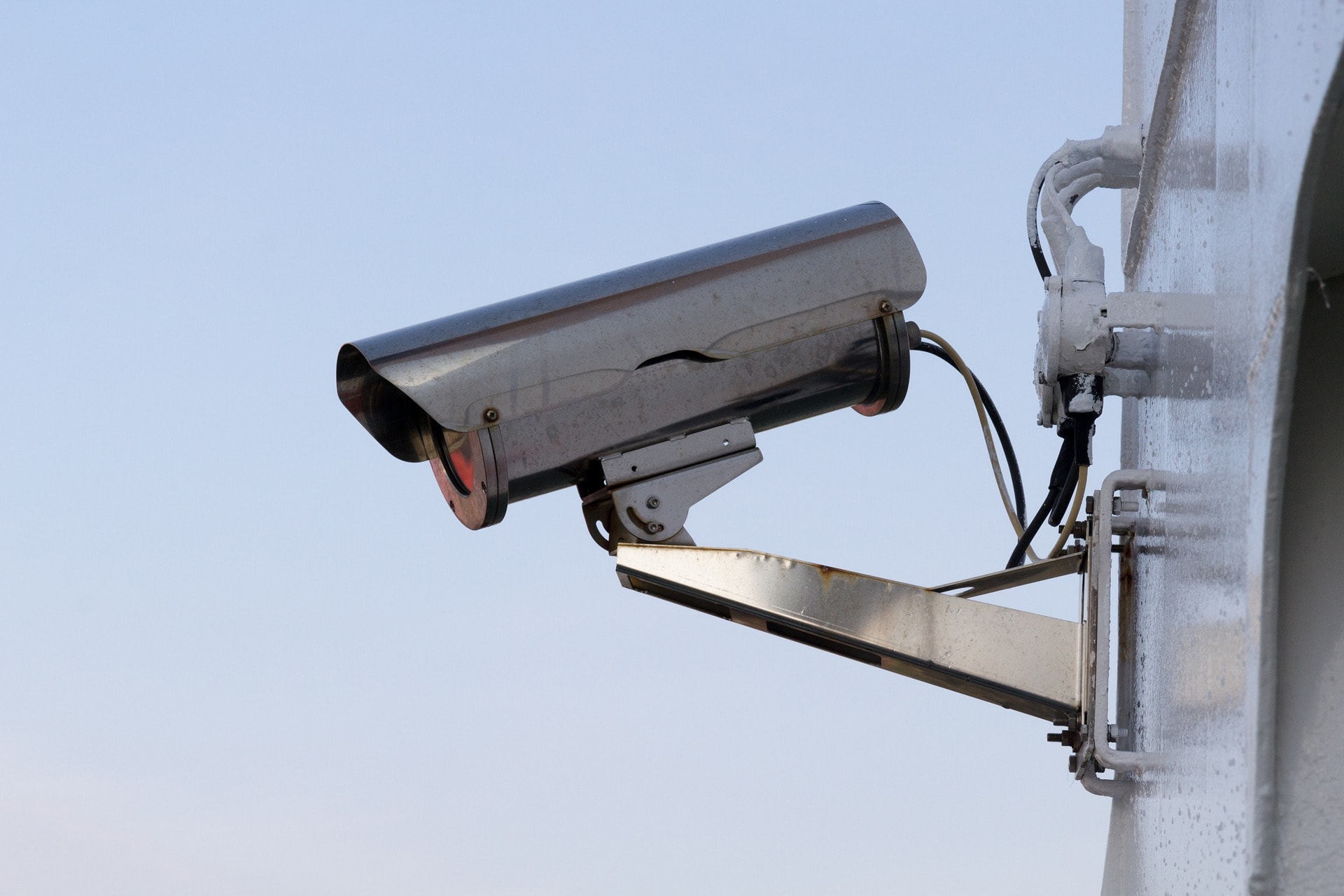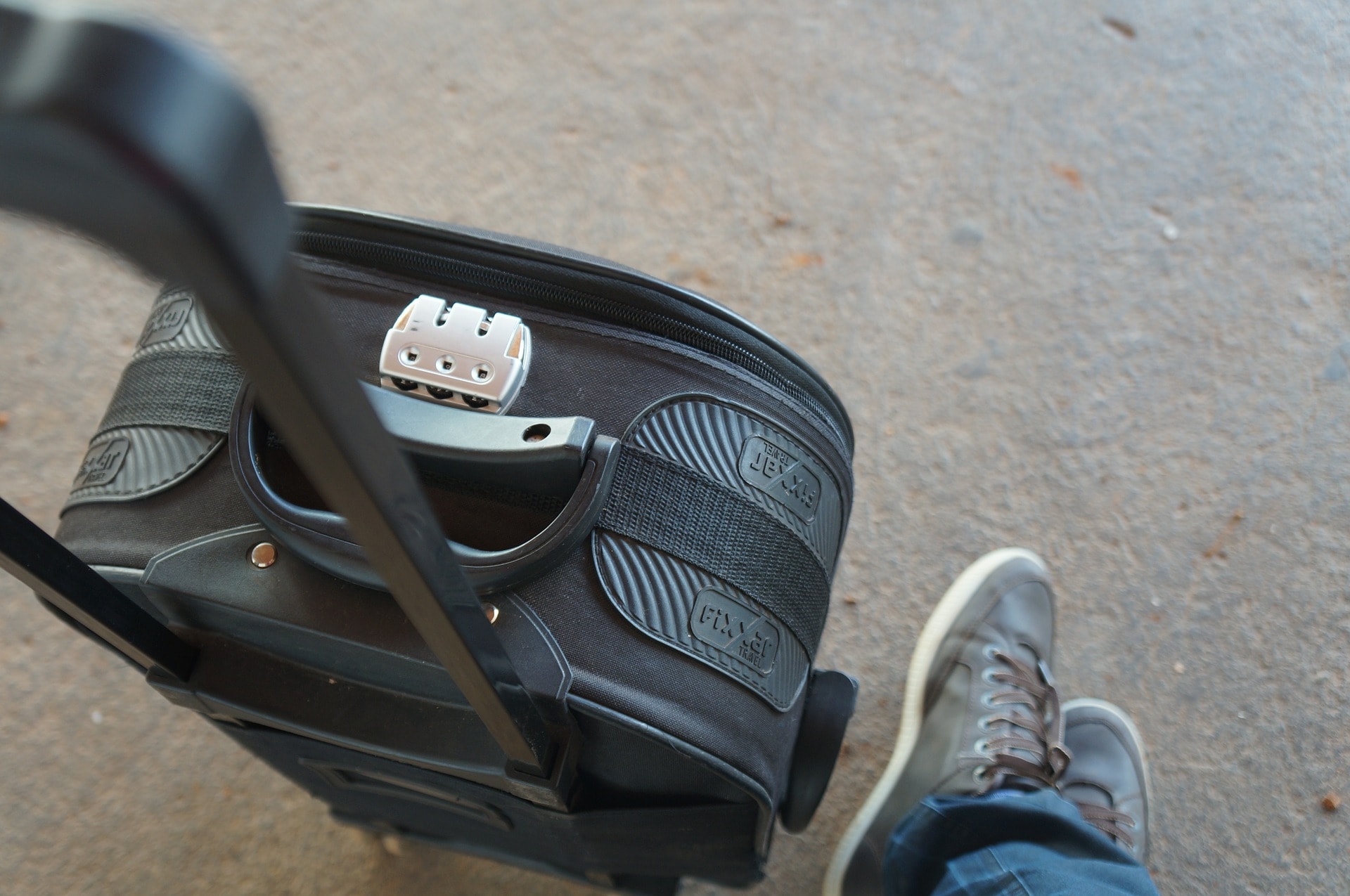So, you’ve decided to start streaming? You’re in luck, with modern and constantly-developing technologies, it is as simple as ever to start streaming from anywhere in the world, with no need of deep knowledge in IT and network connections. That being said, setting up a stream is still not as easy, because it requires a lot of things in mind. To start with the basics, today we are going to tell you about the three main camera types that you can effectively stream with. The cameras can vary widely depending on their price, quality, features and connectivity. Some are more feature-packed, some provide a higher image quality, while some have a more user-friendly interface. The type of camera you have to choose depends heavily on your intentions and the purpose of your stream.
To help you make a decision on what camera to get, lets discuss the three mainly used camera types.
Webcams
Webcams are connected to the internet through a computer. In a lot of cases, the webcams are built-in the computers (notably laptops), but are also sold separately and connect through the USB port. Webcams don’t have their own internet connection nor IP address, so a network connection is required to process the image into a streamable form.
One of the main advantages of Webcams is the price. If the screen webcam is too limiting, you can buy a good quality webcam at around $100.
The other notable advantage is the ease of use. They are easily to connect to the computer and easy to control, which gets rid of the problems such as power sources and capture cards. The complexity of using the webcam during the live-stream is close to zero, given that you gave the necessary software to create the content and upload it to a streaming platform or embed it to a website, there are to special tools or equipment needed besides the camera.
That being said, the webcam can’t provide a very high-quality image, compared to the other options. Because they lack the storage options, it is impossible to use them separately from the computer. Although most of them come with microphones, the sound quality is usually bad. Because of that, you will have to have a separate mic and a sound channel is you are aiming for a professional sound. As it already was said, they are simple in controls, and while it may be an upside, the control options, such as zoom, remote controlled focus and movement are usually limited.
Whether quality or features is important to you heavily depends on what are your streaming goals. If you are just doing a steam of a press conference, lecture or a seminar, webcams might be all you need. For a more professional quality, you might want to look at the other options we are going to discuss below.
IP-cameras
Unlike webcams, IP-cameras have a dedicated IP-address and has an ability to link to the internet without the need to connect to the computer. While using an IP-camera is a little bit trickier than using an IP-camera, it can provide you with more options. Thanks to the wireless connection, IP-cameras present you with more options on where you can position them. Because many IP cameras include power over ethernet (POE), you can run them 24/7. For that reason, they are perfect for 24/7 streaming, streaming an event or doing a stream, where you need multiple angles.
As we’ve already mentioned, using an IP-camera is a little bit more complicated, than using a webcam, because it requires an encoder. The reason for this is because the protocol used by most IP-cameras is unsuitable for live streaming. They are also pricier, with a decent camera costing around $170, depending on the needed features. A wise decision would be to get a camera through a streaming service which provides them, as they usually also provide all the equipment needed, as well as offer support in installation.
An IP-camera is an all-around good choice is you need a 24/7 stream or a streams you can control from a remote distance. Provided the camera has access to the Internet over a wireless network, it can be located literally anywhere. Because of that, IP-cameras are widely used by streaming services (Baltic Live Cam included), that install and stream panoramic views and events.
Professional-quality cameras
If you need the best image quality possible, there is an option to use a professional-quality HDMI or SDI output camera. While these cameras provide the best quality of streams, there are downsides, the most obvious being the price. Professional quality cameras are more expensive than most IP-cameras and they require a capture card to facilitate using the camera for live streaming. A capture card is a separate device connected to a computer that converts the video signal into a form that can be used for live streaming. A capture card is a separate device connected to a computer that converts the video signal into a form that can be used for live streaming. They can be internal or external, with the former option being the cheaper one and some times more function packed, while the former offering the plug-and-play option, which simplifies the process of connection.
The other problem with using the capture card is that not all of them will work with a camera, and some designed to work only with analog signals.
As for the advantages, professional cameras offer the most power and flexibility out of all the options. There are near-endless possibilities for upgrades, zooming, wide-angle focuses and other things expected from professional cameras. Modern professional cameras are getting more compact, but are still not as portable as webcams or IP-cams. That being said, they are still quite easy to transport and use. These types of cameras are usually used for polished, professional-quality live productions. And because of the versatility, the ease of use is suffering and there is a quite steep learning curve when using them, especially with no previous experience. A good quality HDMI camera will run you at least $600 – $700, while the price for a top of the line HD-SDI camera runs into the thousands. The capture card represents additional expense.
Conclusion
The type of camera you should use relies heavily on what and how you want to stream. For some purposes, webcams will do and other types of cameras would be just overkill and unnecessary expense. For others, using a webcam might look too amateurish.
The best thing to do then choosing a right camera type is to know your audience and the purpose of the production. Good luck and have fun!



Leave a Reply
You must be logged in to post a comment.